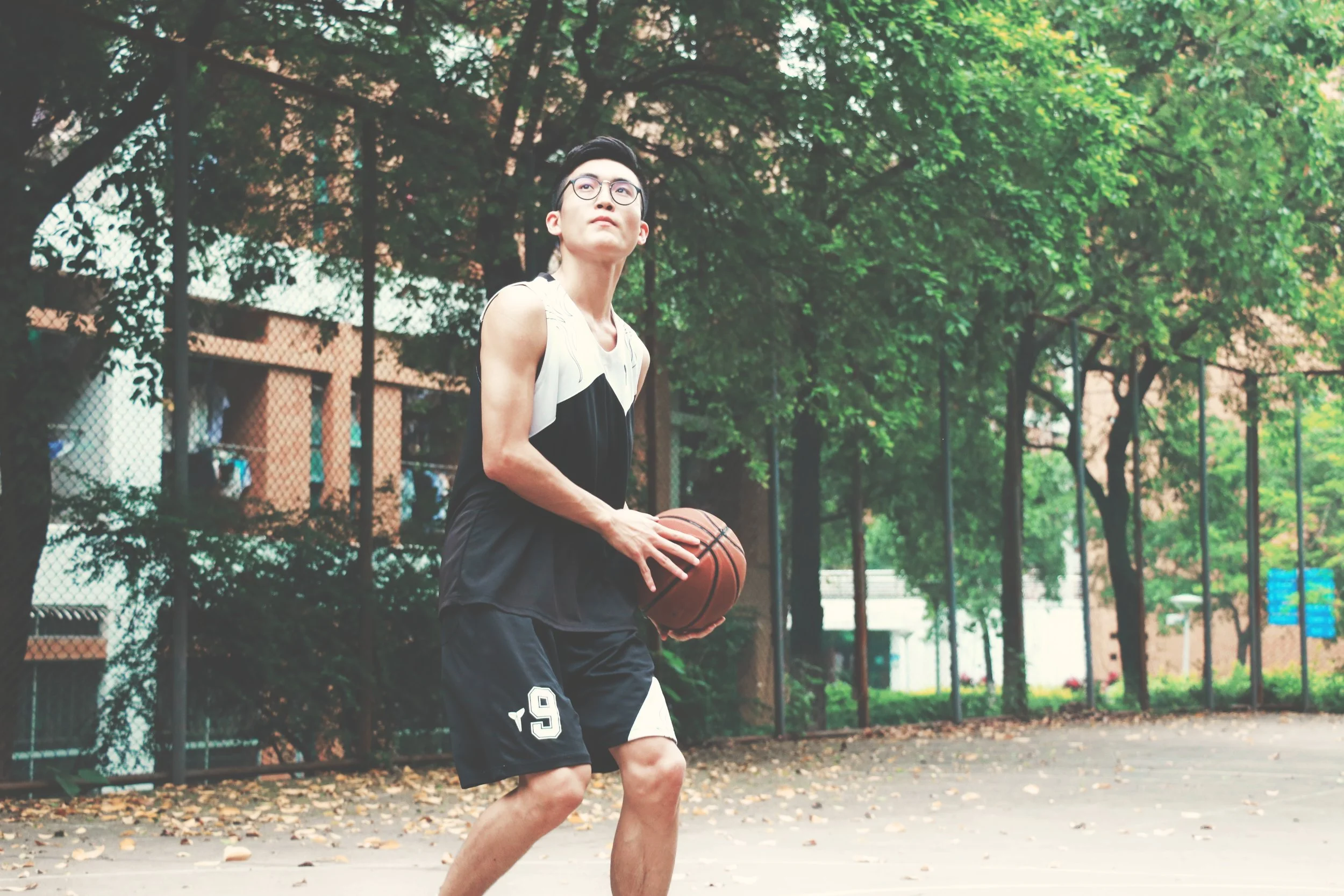In the 80’s and 90’s, anecdotes of serious accidents and fears of growth plate injuries gave way to a consensus amongst doctors that the risks of weightlifting far outweighed the benefits. So what was their reasoning and how has it changed since?
Nutrition is more than how many scoops of protein powder you dump into your post-workout shake; it’s everything you drink, eat (or don’t drink and eat) to fuel your body.
After an injury, it’s hard to know what to do. Push too hard too fast, and you can end up re-injuring yourself. Spend all day in bed, and your muscles stiffen and atrophy, making a proper recovery near-impossible.So what do you do? How do you get back in the game?
I approached tennis superstars Maria Sharapova, Andy Roddick, and coach Sven Groeneveld with just one question: "What do you do to prevent injuries?"
Do you need to go under the knife or is there another way? Sometimes the best option isn’t surgery. If one can fix their movement patterns then their will be no need for surgery and there will be no more risk of injury.
Supplements are important to overall health, but they’re not a substitute for healthy eating. Sprinkling a few multivitamin gummies on a stuffed-crust, meat lover’s pizza doesn’t make for a well-balanced meal. Good nutrition starts with eating well. But it doesn’t end there.
When it comes to nutrition, people tend to treat surgery recovery like they do the flu—a couple bowls of soup, a few cans of ginger ale, and a lot of rest. The thinking is that, because you’re bed-ridden, your nutritional and caloric needs are low, and “normal” eating will just lead to weight gain. And while that certainly makes sense, it’s also wrong—dead wrong.
My first-ever online class is now live. Learn my sports medicine secrets to unlock your player's full potential, and spot and prevent injuries before they happen.
If we can increase our toes' mobility, we'll acquire a stronger, more explosive first step--a definitive advantage in sports like basketball, tennis, and soccer.
When it comes to rotator cuff tendonitis, the most common issue isn't the shoulder joint--it's the position of the shoulder blade. And to fix this, all you need is an ordinary lacrosse ball.
If you can learn to relax while moving, you'll improve performance and and prevent imbalances from developing.
Most of us think of pain only as suffering. And not just suffering, but suffering in its most raw and physical form. Of course, this is for good reason—pain, whether it’s from a scraped knee or broken arm, is a distinctly unpleasant sensation. Pain hurts.
If you can’t get your ring off, all you need is a simple piece of string and this easy trick:
Do your knees hurt every time you walk up or down the stairs? There's a good chance that's it because you're not firing your glutes properly.
You know those extra holes on your running shoes? They're there for a reason. And if you learn how to use them, they might just save your toes.
Not only are tight hamstrings painful and tender, but they can create numerous other problems in the musculoskeletal system if left untreated.































Think of an inactive muscle as someone who’s fallen asleep or a machine thats been powered off. It’s not dead or broken, but it needs to be woken up and turned on before it can get to work again.